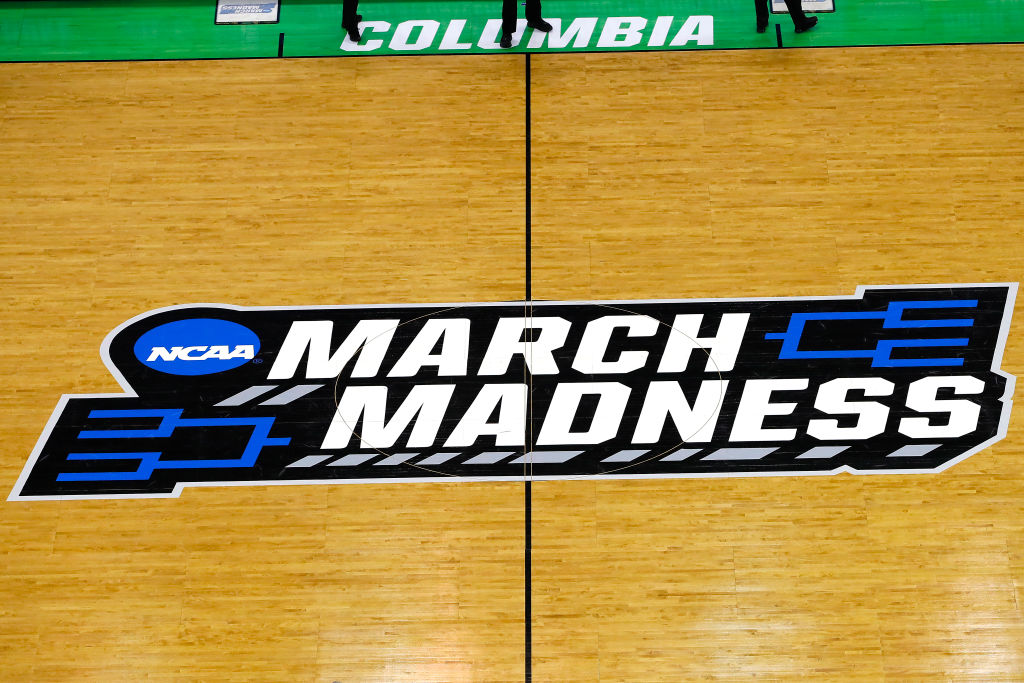NCAA
Where Did the Term ‘March Madness’ Come From?

March Madness is easily one of the most entertaining events on the sports calendar. From mid-March to early April, talks of bubble teams, bracket challenges, buzzer-beaters, and Cinderella stories dominate sports conversations around the country.
But where did the term “March Madness” actually come from? How long has it been around? While one might think the NCAA came up with it given the annual hoopla and marketing tools surrounding the NCAA Tournament, that’s not the case at all.
What is March Madness?
When the phrase “March Madness” is thrown around these days, it usually refers to that special time of year when 68 men’s and 68 women’s teams vie for college basketball supremacy. The first Men’s NCAA Basketball Tournament was in 1939. The women’s tournament began in 1982.
The NCAA Tournament is a single-elimination tournament featuring the top college programs in the country. After qualifying via an automatic bid by winning a conference tournament or an at-large bid via a selection committee, teams are separated into four regions, each containing seeds numbered 1 through 16. Only 16 teams make it past the first weekend.
From the Sweet 16 come the Elite Eight, then the Final Four, and then two teams battle for the national championship. Unless a team comes from the play-in game on the men’s side, champions in both the men’s and women’s draw must win six consecutive games in order to be crowned college basketball’s best.
Where did the term March Madness come from?
While essentially now synonymous with college basketball and the NCAA Tournament, the term “March Madness” actually started a level below.
In 1908, the Illinois High School Association (IHSA) began putting on a statewide boys’ basketball tournament for high school teams. Over the next three decades, the tournament became so popular that more than 900 teams were competing for a spot in what was known as the “Sweet Sixteen,” and the tournament was consistently selling out Huff Gymnasium at the University of Illinois in Champaign.
In March 1939, Henry Porter, an executive assistant secretary with the IHSA, coined the phrase “March Madness” in an essay in the organization’s Illinois High School Athlete publication, aptly titled “March Madness.” Porter wrote, “a little March madness may complement and contribute to sanity and help keep society on an even keel.” Oddly enough, 1939 was the first year of the NCAA Men’s Basketball Tournament.
For the first 10 years, the IHSA Boys Basketball Championship moved around before finding a permanent home in Champaign in 1926. The tournament moved 90 miles west to Carver Arena at the Peoria Civic Center in Peoria, Illinois, in 1996 and was played there until the tourney moved back to Champaign in 2021. The tournament is still known as “America’s Original March Madness.”
Who owns the phrase now?
After using the term for years in publicity materials, the IHSA finally trademarked the phrase “March Madness” in 1989, some 50 years after it first appeared in print.
However, in the early 1980s, CBS broadcaster Brent Musberger began using the term when talking about the NCAA Tournament, which had become hugely popular in the sports world. Musberger, a former sportswriter for the Chicago Daily News, has said that he knew the term from the IHSA tourney.
The clash between the IHSA and NCAA began in 1996 when the IHSA sued an NCAA sponsor, GTE, for attempting to distribute a CD-ROM game featuring the “March Madness” title. Countersuits were filed, and the litigation could have gone on for years had the two sides not come to an agreement.
The IHSA and NCAA agreed to share the phrase under a joint holding company, the March Madness Athletic Association, and both still use the term to this day.











